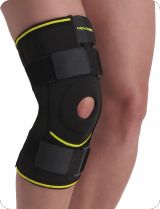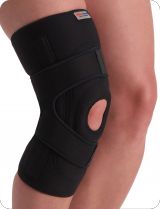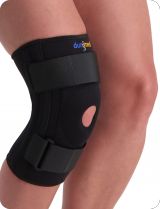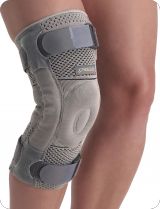Torn meniscus
A torn meniscus involves damage to the meniscus. This can be a small or large tear on the inside or outside of it. Are you curious about more information, such as causes and treatment? Then feel free to read on. We are happy to explain.
What is a torn meniscus?
The meniscus is a disc of cartilage in the shape of a crescent. Every knee has 2 of them between the upper leg and the lower leg. These discs are important to keep the knee moving smoothly. Moreover, they also absorb shocks. A meniscus can tear when there is a wrong (rotational) movement during sports or in an accident. It is a common injury in football. In addition, this tear can also occur gradually due to wear and tear, for example.

The symptoms of a meniscus tear
If the meniscus tears, you may experience the following symptoms:
- Pain on the side of the knee when standing, walking and climbing stairs.
- Fluid usually enters the knee. As a result, the knee slowly thickens and the pain may increase.
- In some cases, a piece of the meniscus gets stuck in the knee. This causes the knee to lock up, and you can no longer stretch or bend it properly. This can happen immediately when the meniscus tears, or a little later.
Can I play sport with a torn meniscus?
It is advised to rest for a few days immediately after tearing the meniscus. After that, it is wise to gradually resume exercise. For example, you can walk or cycle for a bit. This will make the knee recover faster. If your knee is still in a lot of pain, it is best to rest for a while longer. High-intensity sports are not recommended. It is also unwise to continue sports if there is fluid in the knee or if the knee is locked.
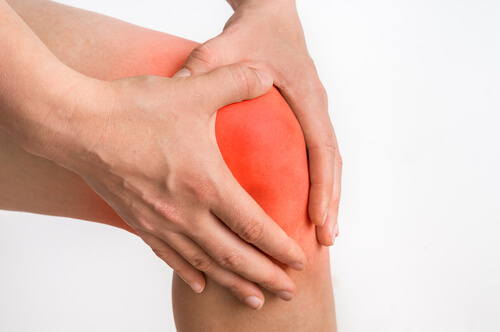
Treatment
A meniscus tear can heal on its own. These are tears that run in the well-perfused area on the outside of the knee. This recovery takes several months. If the symptoms persist and/or the knee locks up, keyhole surgery is necessary. During this surgery, the bad piece of meniscus is removed, or the tear is stitched.
It is important to take it easy after this surgery and listen carefully to your body. However, the knee may be loaded. After about 6 to 8 weeks, you can resume playing sports. If the knee is still swollen or becomes swollen again, however, it is important to reduce activities.


